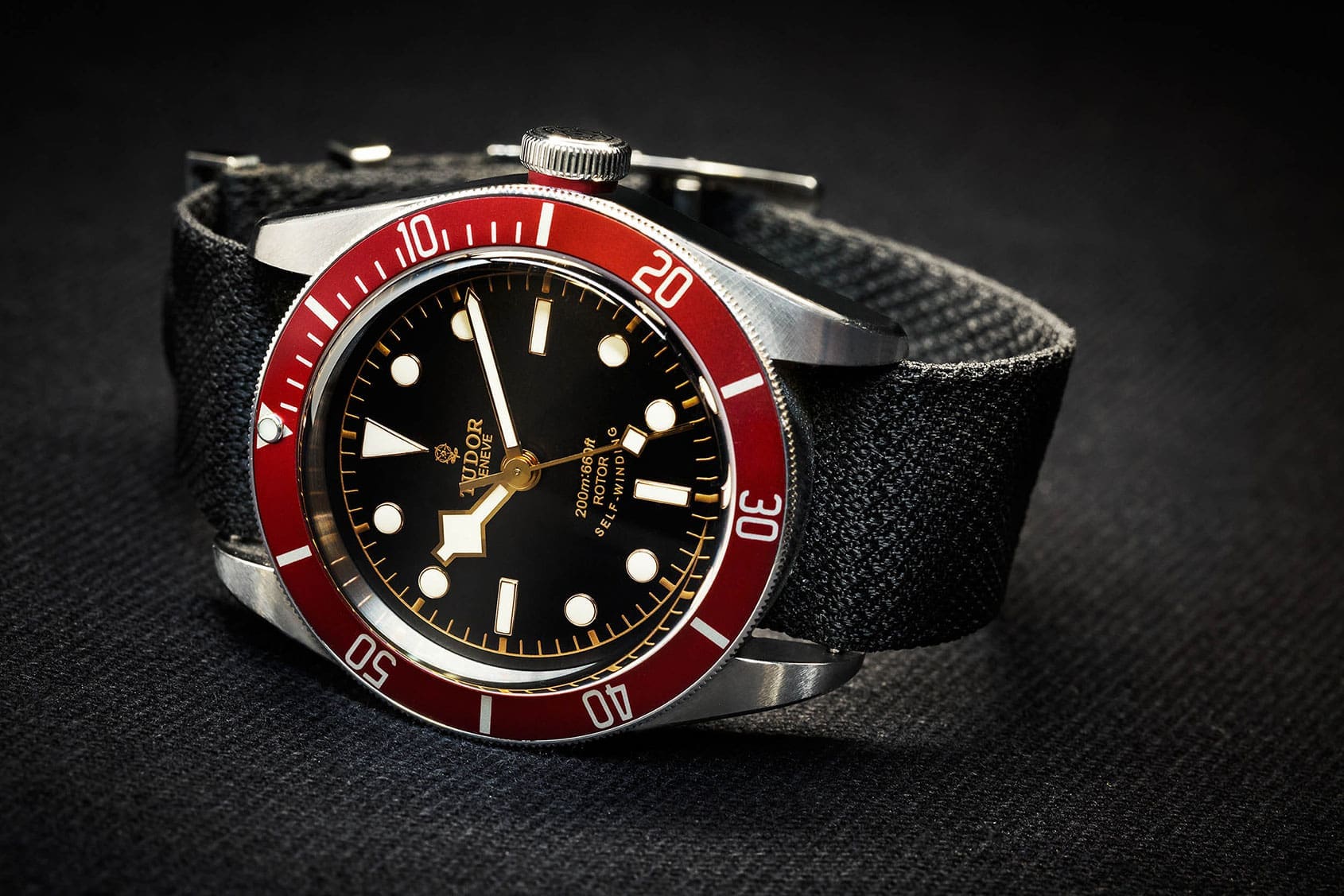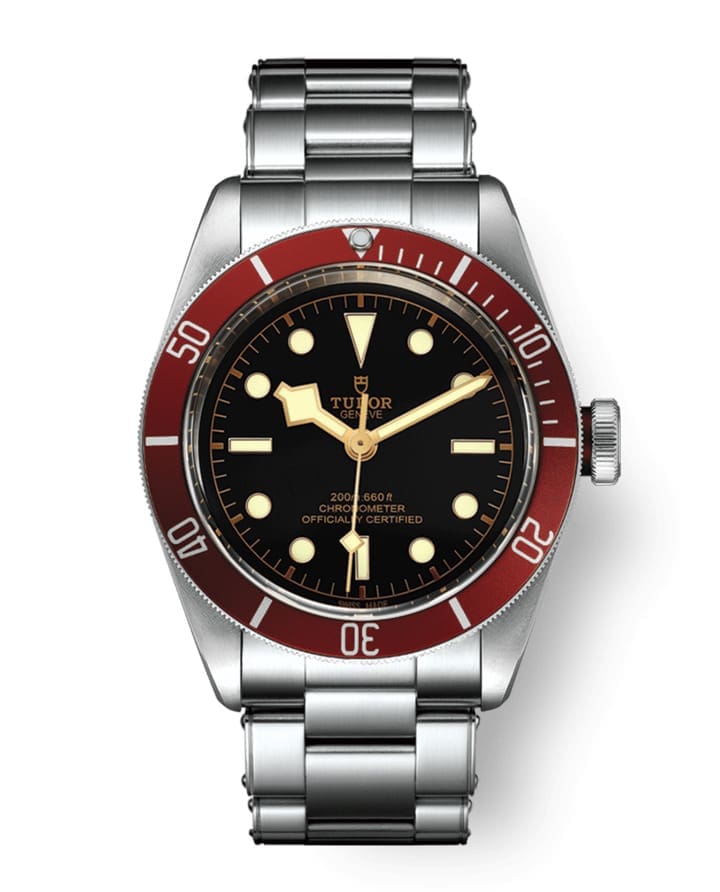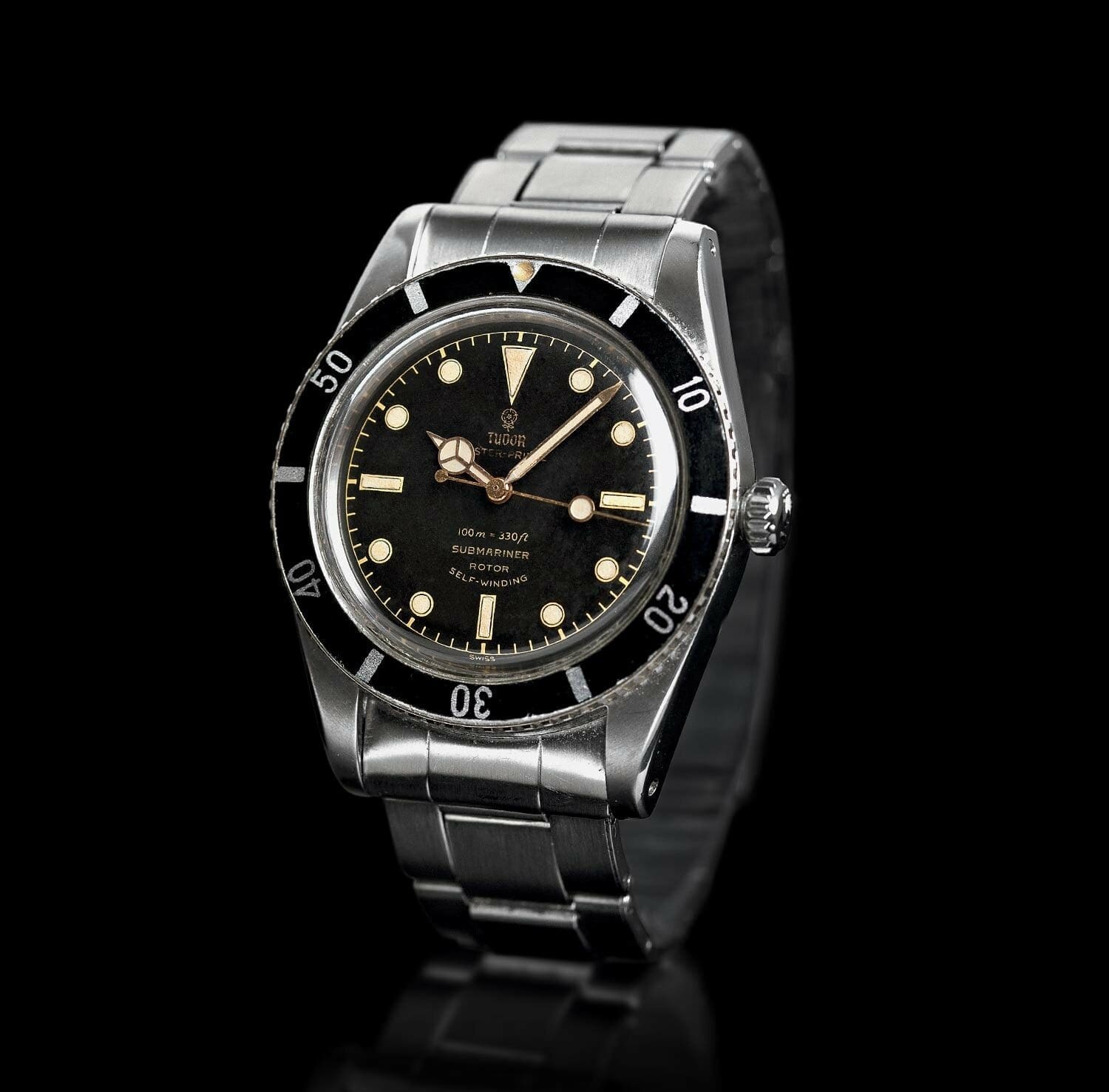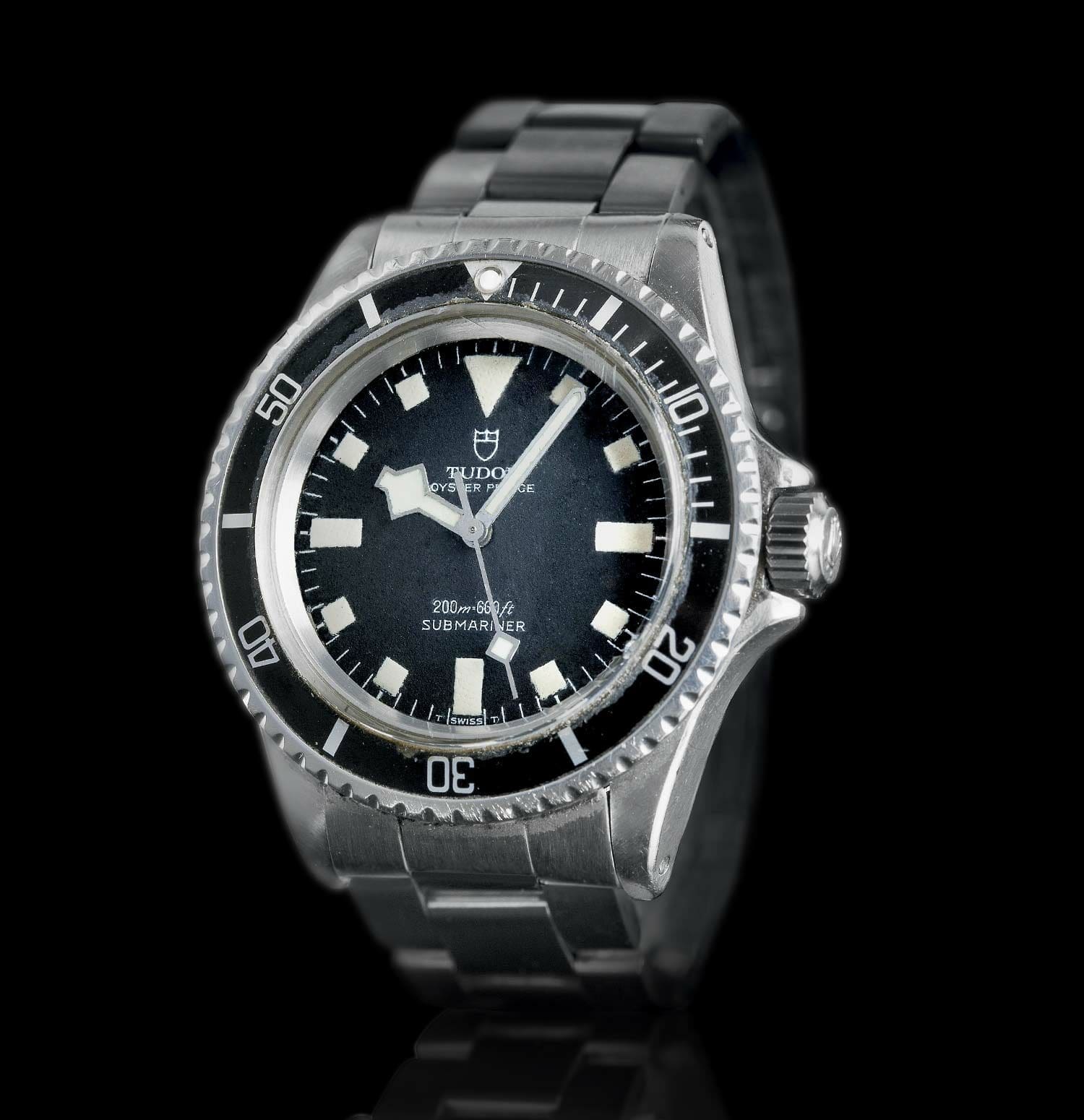The Immortals – How the Tudor Black Bay struck gold as a modern tool watch with real vintage heritage
D.C. HannayEditor’s note: The Immortals is a new series that delves into a watch that we believe deserves recognition as a bona fide modern classic. You’ll already be familiar with most of the watches, we imagine. But DC will delve a bit deeper into these timepieces to explain why they’ve quickly established themselves in the horological canon.
Upon its release in 2012, the Tudor Black Bay set the watch world ablaze with a blockbuster reception, a pretty clear result of pent-up demand for a retro-inspired diver. At its debut during the Baselworld show, it represented a sort of “greatest hits” collection of design cues from some of the brand’s best-loved historical references, all wrapped up in a vintage, yet modern package. It’s called classic rock for a reason, folks. The Black Bay was such a smash, in fact, it inspired an entire collection of models, and shows no signs of slowing. So how did Tudor cull from its rich history to arrive at this point? First, a little context.
Tudor has often been painted by certain watch snobs as a poor man’s Rolex, unfairly so, in my opinion. Originally created by Rolex founder Hans Wilsdorf as a more accessible alternative, Tudors utilised standard movements as opposed to in-house Rolex calibres, which lowered prices, delivering a quality timepiece to a broader audience of consumers. More recently, Tudor has made strides to step out of the shadow of Rolex (who have steadily crept more and more upmarket), with original designs and in-house movements, while remaining a relative value play when compared to their older sibling. While Rolex and Tudor both make very technically capable dive watches, it’s Tudor that hews more closely to its tool watch roots. In many ways, Tudor is making the dive watches that Rolex used to make, and although Tudor is most definitely a luxury Swiss watch, they’re not as blingy as modern Rolexes. Another thing that Tudors are? Available. Because if you’re looking for a steel Rolex sports watch, you’re going to pay well above retail, or put your descendants on a waitlist.
All these reasons make the Tudor Black Bay even more compelling, and when it burst onto the scene, it’s no wonder everyone lapped it up. It featured a 41mm case, a modified ETA 2824 movement, and a black/gilt dial, along with a very attractive burgundy bezel insert. In a brilliant retro touch, the dial also sported the historic Tudor Rose logo, as well as the curved “smiley face” text from Tudor’s original 1954 Oyster Prince Submariner.
All these elements together created Tudor’s amalgamation of the ideal diver, and watch fans showed up in droves. In addition to the burgundy colourway, black and midnight blue versions of the Black Bay appeared, with the black highlighted by the historic red triangle at 12 on the bezel insert. Strap options included aged leather, a supremely comfortable (and popular) custom fabric strap, and a stainless-steel bracelet with vintage-inspired faux “rivets”. Moving ahead to 2016 saw the release of the second generation of the Black Bay, this time with an in-house movement. The new model also did away with the Tudor Rose logo and “smiley” text, opting instead for the Tudor shield with straight text below, which of course led to the first-gen models becoming highly collectible.
Make no mistake, today Tudor offers a broad catalogue of very attractive and supremely competent timepieces, but it’s the Black Bay range that truly is the company’s bread and butter. The Black Bay name can now be found on a surfeit of models, including the runaway hit Black Bay 58 (in its oh-so-wearable 39mm case), a line of chronographs, a GMT, and even iterations crafted from bronze, silver, gold, and ceramic, a testament to the staying power of the design language. But it’s that first burgundy Black Bay from 2012 that helped ignite the powder keg of the “modern vintage” craze among watch lovers. Fans loved the look of a vintage timepiece from the golden age of tool watches, without the worry of damaging an artifact of ever-climbing value. It’s a thoroughly modern tool watch with real vintage heritage, and it arrived at exactly the right time.







